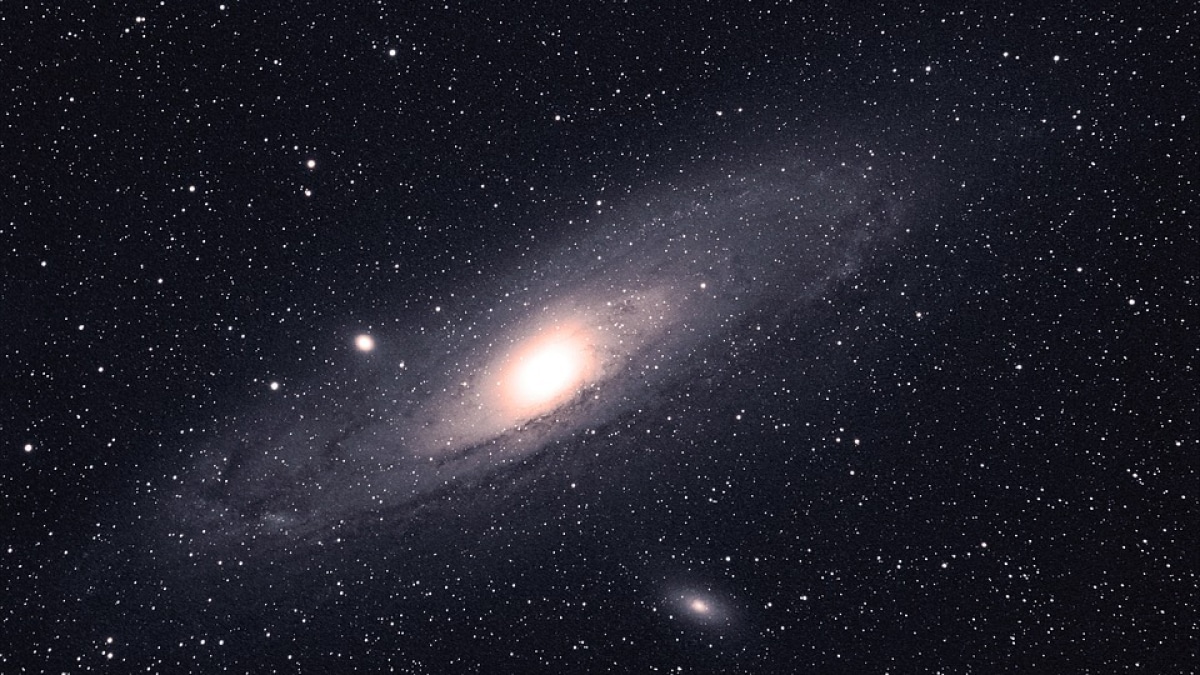For the first time, far-ultraviolet emissions from novae—massive thermonuclear explosions on stars—have been identified during their outbursts in the Andromeda galaxy. This discovery was reported in The Astrophysical Journal, based on data from the Ultraviolet Imaging Telescope (UVIT) aboard India's AstroSat satellite. According to the Indian Institute of Astrophysics (IIA) in Bengaluru, ultraviolet emissions from 42 novae were identified, including fo companion star. This accumulation eventually triggers the thermonuclear rur observed during their eruption.
Novae are known to occur in binary star systems, where a white dwarf draws matter from its interactions, causing a sudden and intense burst of brightness. As per reports, observations made with UVIT allowed researchers to track accretion disks—regions of accumulated material around the white dwarf. Judhajeet Basu, the lead researcher and a PhD student at IIA, stated to India Today Science Desk that these disks provide vital insights into the processes preceding a nova eruption.
Details of the Observation
Periods of dimming, described as a “calm before the storm,” were also recorded during the studyResearchers observed that the accumulated material temporarily acts as a shell, blocking radiation before a thermonuclear explosion occurs. This explosion ejects matter into space and dramatically increases the system's brightness.
Detecting these novae in the bright central region of the Andromeda galaxy posed significant challenges. Advanced image processing techniques were employed to confirm the authenticity of the observations, according to reports.
Significance of the Findings
These explosions are believed to play a critical role in enriching galaxies with new elements. The study highlights the need for future ultraviolet and X-ray missions to deeper understanding of these stellar phenomena. The findings have been described as a milestone in uncovering the mechanisms of stellar evolution and galactic chemistry, as per sources.


